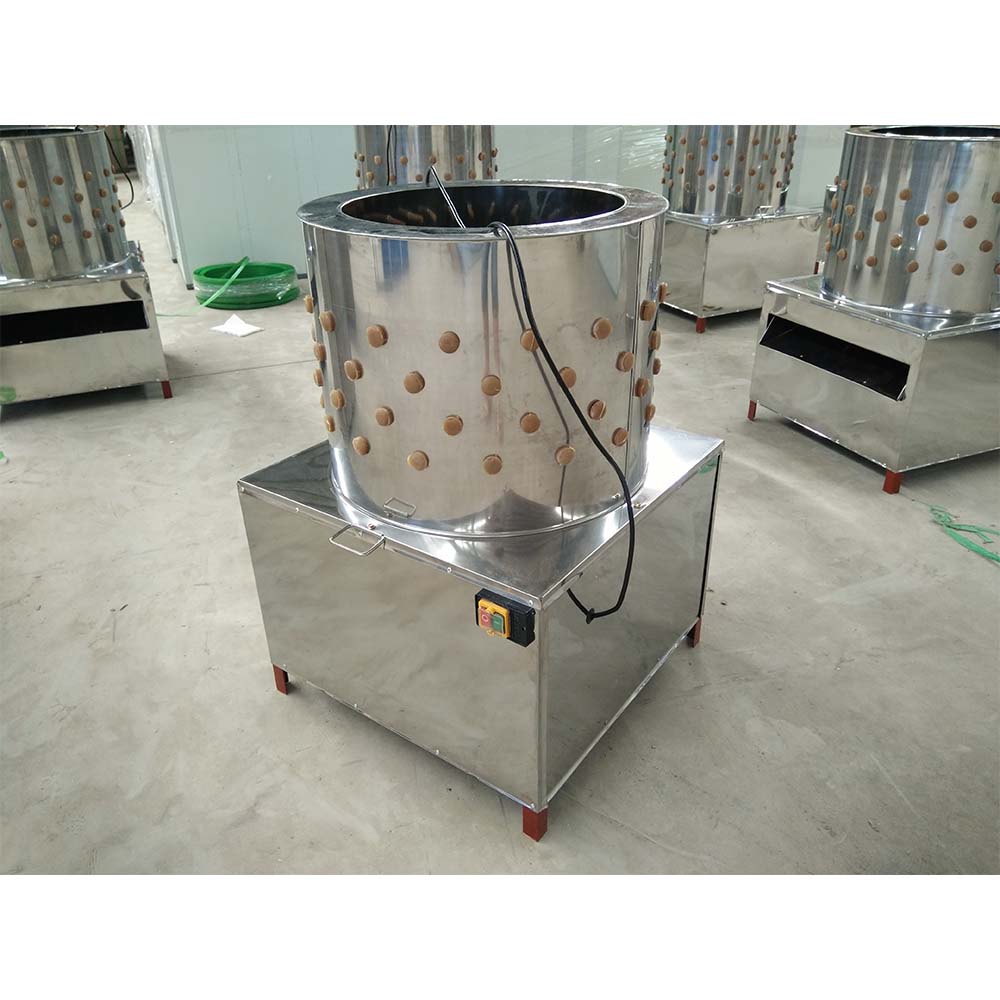commercial poultry cages
Dec . 14, 2024 22:14 Back to list
commercial poultry cages
The Role of Commercial Poultry Cages in Modern Agriculture
In the realm of modern agriculture, the demand for efficient and sustainable food production methods is ever-increasing. Among various innovations, the design and implementation of commercial poultry cages have emerged as a pivotal component in the poultry industry. These structures not only enhance the productivity of poultry farming but also address several challenges faced by poultry producers.
Commercial poultry cages are specifically designed enclosures that facilitate the raising of birds—primarily layers (for egg production) and broilers (for meat production). The primary aim of these cages is to maximize production efficiency while ensuring the welfare of the animals. With the rise of population and the insatiable demand for poultry products, these cages play an essential role in supplying high-quality protein to consumers.
One significant advantage of commercial poultry cages is the efficiency they bring to space utilization. Traditional free-range systems require extensive land and can lead to challenges such as pest infestations and inconsistent egg production. In contrast, cages optimize space by housing a larger number of birds in a confined area, allowing for greater production levels within smaller footprints. This density not only enhances output but also makes better use of resources such as feed and water.
Moreover, commercial poultry cages are often designed with automation in mind. Advanced systems enable automated feeding, watering, and egg collection processes, drastically reducing labor costs and minimizing human error. Automation also ensures that each bird receives the right amount of nutrients, effectively contributing to healthier flocks and higher yield. The deployment of technology in monitoring the health and productivity of the birds has made modern poultry farming not just efficient, but also scalable.
Animal welfare is a critical consideration in poultry farming, and commercial poultry cages have evolved to address this issue. Modern cages often feature enriched environments that allow for improved bird comfort, movement, and social interaction compared to older, more restrictive designs. Nesting boxes, perches, and appropriate space allocation enable birds to exhibit more natural behaviors. With the growing awareness and concern among consumers regarding animal rights, the poultry industry is continuously working towards improving standards, leading to the development of more humane cage designs.
commercial poultry cages

Nevertheless, the use of commercial poultry cages is not without its criticisms. Animal rights advocates argue that confinement can lead to stress and health issues among birds. The key to a successful poultry operation lies in balancing productivity with the welfare of the animals. Many producers are recognizing this responsibility and are moving towards cage-free systems or enriched cages, which often provide more space and amenities for the birds.
Environmental sustainability is another critical consideration in modern poultry farming. Commercial poultry cages can contribute to decreased greenhouse gas emissions due to more efficient feed conversion rates. With better management practices and technology integration, waste products can also be managed more effectively, reducing the overall environmental footprint of poultry production.
Despite the advantages, transitioning to commercial poultry cages requires an initial investment. Farmers must consider the costs associated with cage systems, automation technology, and ongoing maintenance. However, in the long run, the growth in productivity and the potential for higher profit margins often outweigh these costs. As global demand for poultry continues to rise, producers must adapt to these challenges, with commercial cages serving as a viable solution.
Conclusion
In conclusion, commercial poultry cages represent a significant advancement in the poultry industry. They enhance efficiency, support animal welfare, and contribute to sustainable farming practices. While they face challenges and criticism, the potential benefits they offer are substantial. As technology and consumer expectations evolve, so too will the designs and practices surrounding poultry cages. By embracing innovation and prioritizing animal welfare, the poultry industry can continue to thrive and meet the growing demand for poultry products worldwide.
-
Hot Sale 24 & 18 Door Rabbit Cages - Premium Breeding Solutions
NewsJul.25,2025
-
Automatic Feeding Line System Pan Feeder Nipple Drinker - Anping County Yize Metal Products Co., Ltd.
NewsJul.21,2025
-
Automatic Feeding Line System Pan Feeder Nipple Drinker - Anping County Yize Metal Products Co., Ltd.
NewsJul.21,2025
-
Automatic Feeding Line System - Anping Yize | Precision & Nipple
NewsJul.21,2025
-
Automatic Feeding Line System - Anping Yize | Precision & Nipple
NewsJul.21,2025
-
Automatic Feeding Line System-Anping County Yize Metal Products Co., Ltd.|Efficient Feed Distribution&Customized Animal Farming Solutions
NewsJul.21,2025






